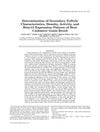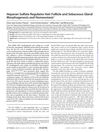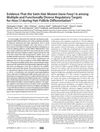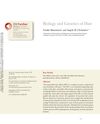The Disrupted Balance Between Hair Follicles and Sebaceous Glands in Hoxc13-Ablated Rabbits
August 2018
in “
The FASEB journal
”
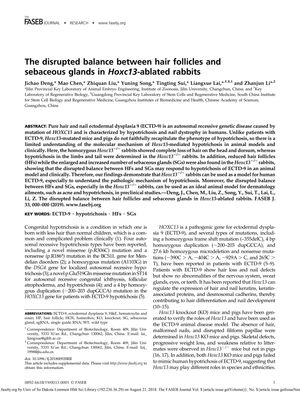
TLDR Rabbits lacking the Hoxc13 gene show similar hair and skin issues to humans with ECTD-9, making them good for research on this condition.
In the study from August 20, 2018, researchers found that homozygous Hoxc13-/- rabbits, which lack the Hoxc13 gene, displayed a phenotype similar to humans with ECTD-9, a genetic disease characterized by hypotrichosis (reduced hair growth) and nail dystrophy. These rabbits exhibited complete hair loss on the head and back, and reduced hair on the limbs and tail. Additionally, the rabbits had fewer hair follicles and an increased number and size of sebaceous glands. This imbalance between hair follicles and sebaceous glands in Hoxc13-/- rabbits suggests a potential mechanism for hypotrichosis in ECTD-9. The findings indicate that Hoxc13-/- rabbits could serve as an effective animal model for studying ECTD-9 and potentially other dermatological conditions like acne and hypotrichosis in preclinical studies.

